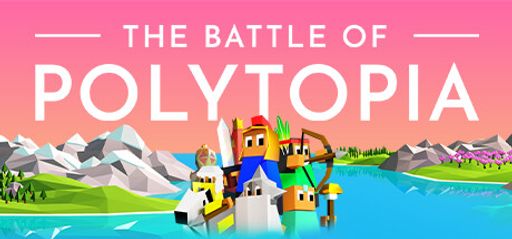Hey there, fellow gamers! Today I’m diving into my thoughts on The Battle of Polytopia. I love calm and cozy games, but I also enjoy smart strategy challenges now and then. This game is one of those experiences that gently challenges your mind while still keeping things light and breezy. I’m excited to share what I loved about it, what I think could be tweaked, and how it stacks up against other titles in its genre.
Overall Impressions
The Battle of Polytopia stands out in its turn-based strategy niche. The game puts you in charge of a civilization, and you decide how to grow your little empire in the flat, polygonal world of the Square. I was impressed right from the start. Its world-building is simple yet engaging. Despite its minimalist graphics and design, the game manages to create a vibrant strategic playground with diverse civilizations. One of the best parts is that you can play alone or enjoy multiplayer modes with up to 16 players. The flexibility of the modes makes it a great pick for both solo evenings and gatherings with friends.
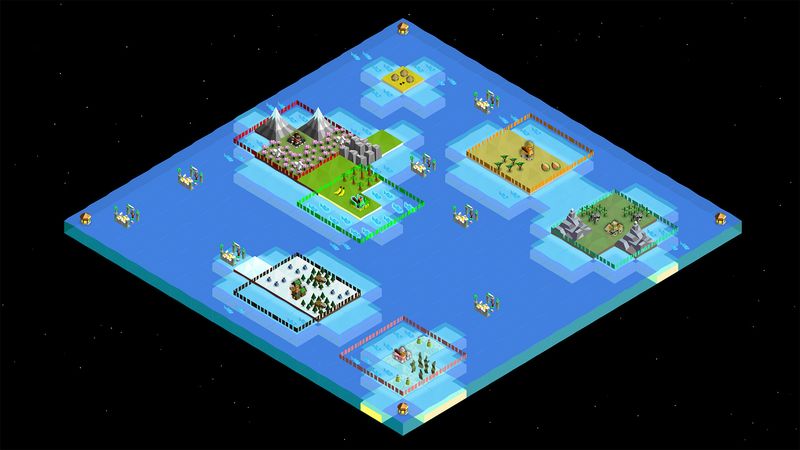
I must mention that the game balances its strategic depth with a soothing atmosphere. Even while planning battles and expanding empires, it doesn’t feel overwhelming. The turn-based mechanics allow you time to mull over each decision with calm clarity. However, I do see room for a few tweaks. Some players have pointed out that an option to roll back to earlier versions would be handy for those who like a bit of nostalgia or miss older features. While this hasn’t stopped me from enjoying the game, it’s something I hope the developers consider in the future.
Gameplay Mechanics
Let’s talk gameplay! I found the mechanics to be both accessible and deep. The core loop is about expanding your territory, researching new tech, and sometimes engaging in strategic battles. Each of the 16 civilizations has unique traits, making every playthrough feel fresh. I enjoyed testing different strategies to outsmart AI opponents and even human rivals in multiplayer matches.
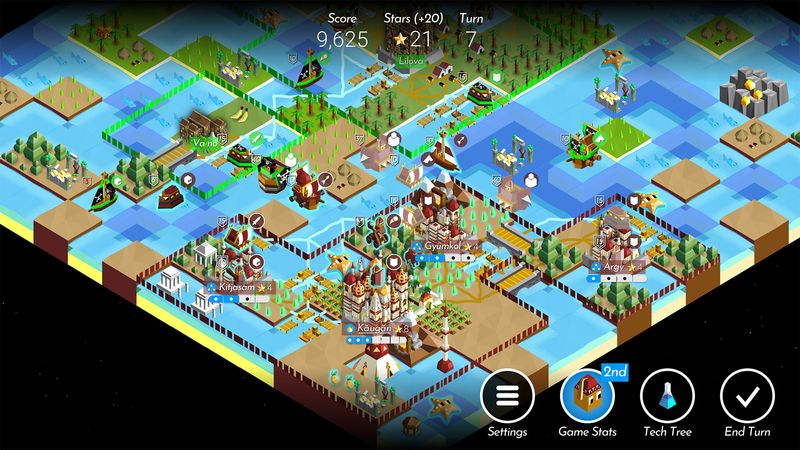
The game feels fluid. Turns flow naturally, and you rarely feel bogged down by too many micromanagement options. This makes sessions stress-free and ideal for casual play when you need a break from fast-paced action. The strategic challenge increases slowly, and it remains inviting for gamers of all skill levels. Some players have mentioned that the later parts of the game could use more layers of complexity, such as events like riots or fires that result from larger populations. This extra challenge might add depth for seasoned strategists, but it’s also understandable if you prefer the current simpler take. I tend to appreciate a game that eases you into its mechanics, allowing you to unwind without an overload of pressure.
Story and Characters
The storytelling in The Battle of Polytopia is minimalist. You won’t find rich dialogues or deep character development in the traditional sense. The game instead leans on the lore of its world. Each civilization represents a different facet of culture, and they offer a playful glimpse into what might have been if history had a quirky, polygonal twist.
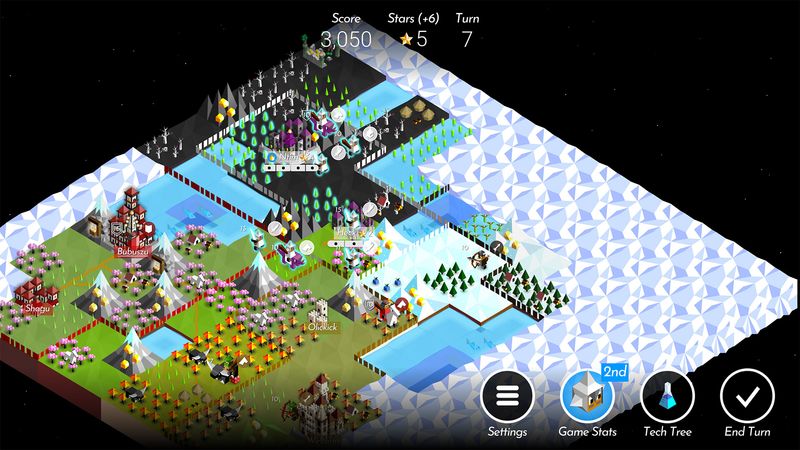
The world-building is subtle. I enjoy how the game lets the strategy unfold without overt narratives forcing you along. It feels like you are the author of your own story. This open-ended narrative works well for me because I value my time to strategize without heavy backstories. The simplicity of the narrative also mirrors the game’s design. I like knowing that every decision you make contributes to your own unfolding saga. It’s a refreshing approach that fits perfectly with the cozy, laid-back vibe I crave in my gaming sessions.
Visuals and Graphics
The visual aesthetic of The Battle of Polytopia is simple but striking. The graphics are minimalistic, with a clear focus on geometric shapes and a distinct color palette. This art style might seem sparse at first glance. However, I found that simplicity can be charming. The graphics create a clean, modern atmosphere that lets you focus on gameplay. The flat design is not overly distracting, and it highlights strategic choices.
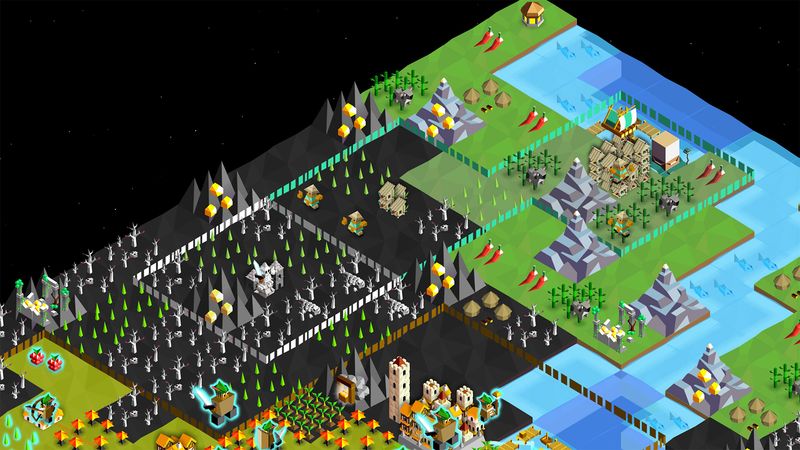
Many players have noted that the visuals effectively support a stress-free experience. They deliver an edge of modernity without edging into overly flashy territory. The design invites you to get lost in strategic thought while keeping a gentle, welcoming backdrop. While the game might not win awards for realism or visual complexity, it succeeds in crafting an environment that’s both engaging and relaxing.
Sound and Music
Oh my gosh, the soundtrack! The music in The Battle of Polytopia is vibrant and energetic. I am all about a great soundtrack, and this one stands out as a clear highlight. The tracks are lively and fun, which adds a playful energy to the experience. One review mentioned that the full version of one particular track is an absolute banger, and I can see why. The audio elevates the entire game.
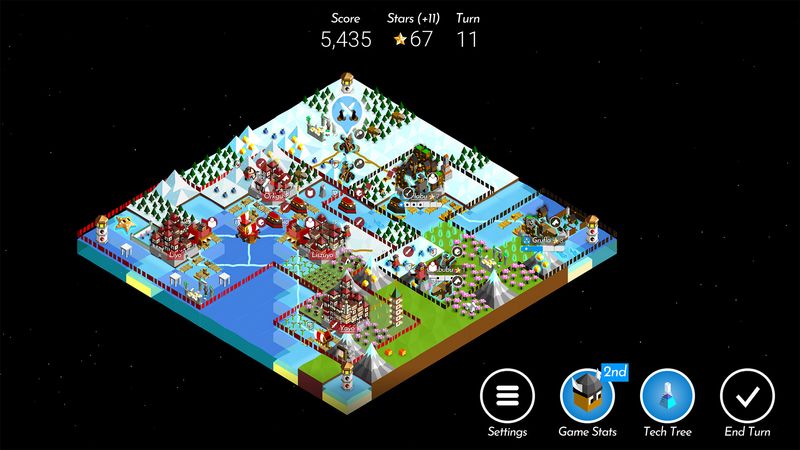
Each piece of music fits well with the turn-based battles and explorations. The sound effects work to punctuate each action, making the small victories and strategic decisions feel rewarding. For long gaming sessions, a catchy soundtrack can really help maintain focus and add to the fun. It might have been even sweeter if the developers opted to release the soundtrack on major platforms. One player suggested that having the music available on Steam, much like Celeste did, would be a delightful treat for fans. I agree—it would be the cherry on top for those who love gaming soundtracks as much as I do.
Difficulty and Replayability
The Battle of Polytopia is clever about its pacing. The game strikes a balance between providing challenge and avoiding frustration. Early on, the difficulty is approachable with a gentle learning curve ideal for less experienced strategists. Each victory feels earned, and the reward lies in mastering your chosen strategies.
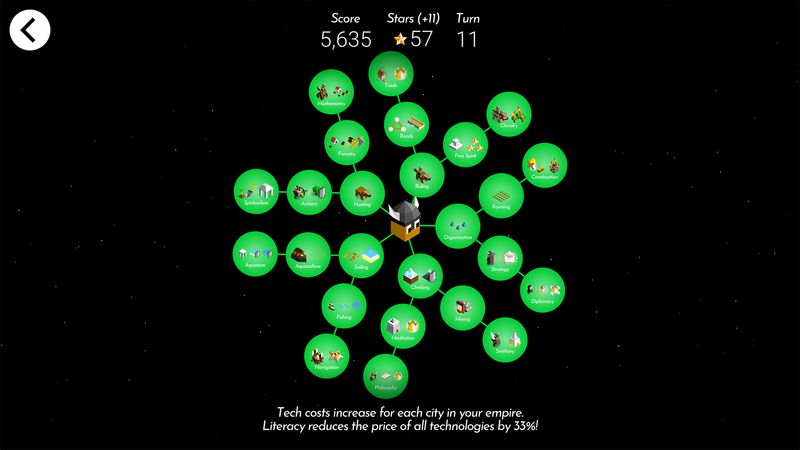
However, some players have noted that the late game might benefit from additional challenges such as managing outbreaks or riots triggered by specific actions like fuel usage in battle. While I like the idea of unpredictable late-game layers, I also appreciate that the simplicity of the current design makes it a stress-free experience. This makes the game perfect for winding down after a hectic day. The replayability factor is high. I enjoy experimenting with different civilizations, each offering its own strategic spin. The multiplayer element adds even more fun, as playing with friends creates a unique and engaging dynamic every time. You end up with a blend of familiarity and surprise that keeps each round fresh.
Trivia and Behind the Scenes
A little tidbit: The game was developed and published by Midjiwan AB. It first launched on August 4, 2020, and has since garnered “Very Positive” reviews from players and critics alike. I appreciate small indie studios like Midjiwan AB that create games with clear design goals and thoughtful mechanics. Their focus on delivering a balanced and engaging turn-based strategy experience is evident in every detail.
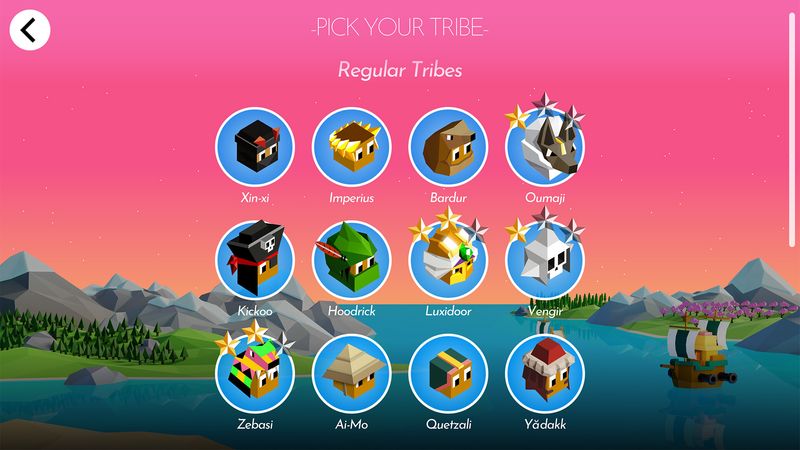
Final Thoughts and Score
In the end, The Battle of Polytopia is a charming take on the turn-based strategy formula. Its simplicity, vibrant soundtrack, and engaging gameplay make it a homey experience for gamers looking to relax without sacrificing depth. Even though some areas, like the late game content or version rollback options, could use some expansion, I still find it an absolute delight overall.
For anyone looking to unwind with a game that challenges the mind without overwhelming the senses, I highly recommend giving The Battle of Polytopia a try. Its blend of strategic depth and modern, minimalist design makes it stand out in a crowded genre. I’m always on the lookout for games that I can easily dive into and come away smiling, and this one is right up my alley.
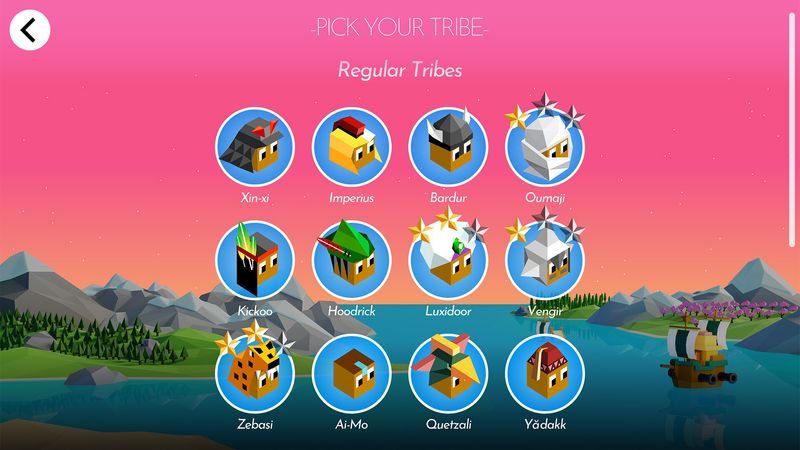
I rate The Battle of Polytopia 4 out of 5 stars. Its casual yet strategic approach makes it a perfect pick for a cozy gaming night. Not every game needs to overcomplicate things, and sometimes, a little simplicity shines the brightest.
Happy gaming, and stay cozy!

